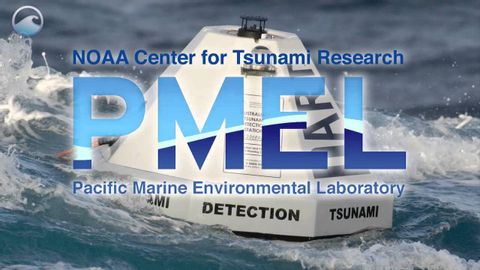
字幕と単語
津波の科学。スマトラから10年 2004年 (Tsunami science: 10 years since Sumatra 2004)
00
TeacherJennifer Bryne が 2021 年 01 月 14 日 に投稿保存
動画の中の単語
time
US /taɪm/
・
UK /taɪm/
- n. (u.)(音楽の)拍子 : テンポ;(時計が指し示す)時刻 : 時間;時間;(ある出来事が起きる)時 : 時点;時;時代 : 時期;時間;所要時間
- v.t.(音楽の)リズムをとる;(~するのに)ふさわしい時を選ぶ;時間を計る;(出来事の最適な時間や時期を)決める
A1 初級TOEIC
もっと見る measure
US /ˈmɛʒɚ/
・
UK /ˈmeʒə(r)/
- n. (c./u.)手段 : 方策;計量器;単位;程度;小節
- v.t.評定する : 見積もる;測る;対策を講じる
A1 初級TOEIC
もっと見る research
US /rɪˈsɚtʃ, ˈriˌsɚtʃ/
・
UK /rɪ'sɜ:tʃ/
- v.t./i.研究する;市場調査をする
- n. (c./u.)研究;研究分野;研究報告;市場調査
A2 初級TOEIC
もっと見る エネルギーを使用
すべての単語を解除
発音・解説・フィルター機能を解除
